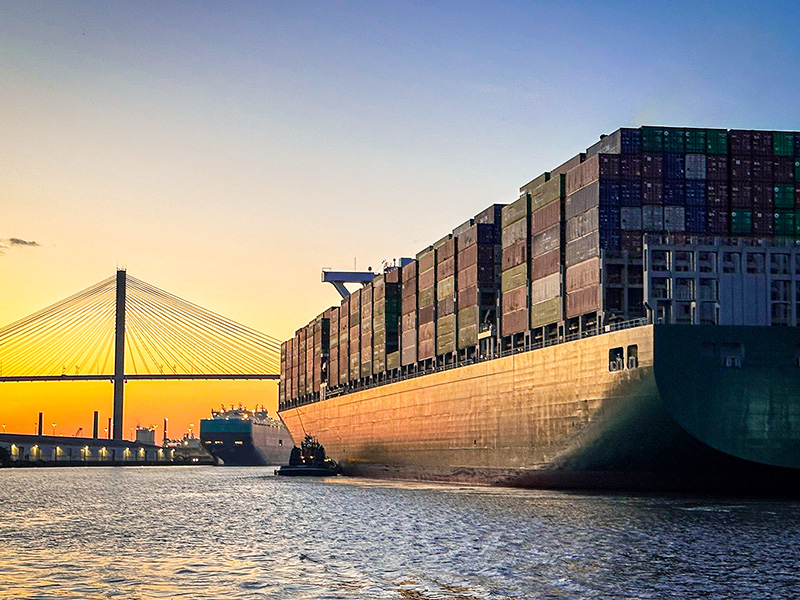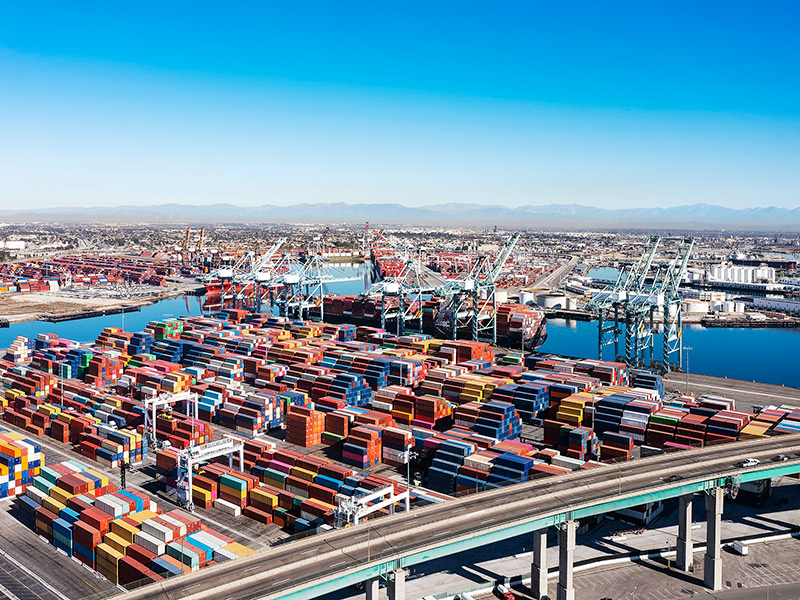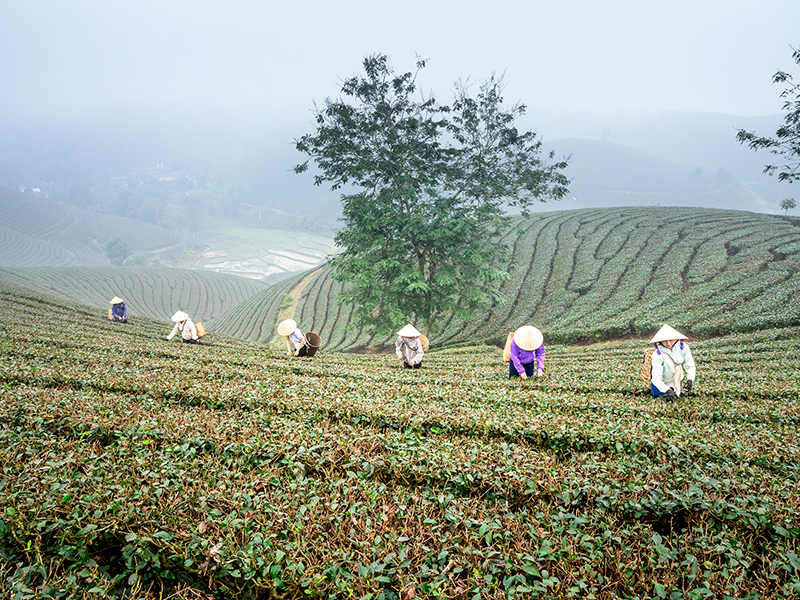
Pexels/Deva Darshan
Companies across sectors are under pressure to gain visibility into their multi-tier supply chains and to share more information with their customers, partners, and stakeholders. Regulatory due diligence requirements, increased investor and consumer expectations, and technological advances have all raised the bar.
Below, we explain three concepts for gaining and demonstrating visibility in multi-tier supply chains: Traceability, mapping, and transparency. What are these concepts, how do they differ, and what do they offer?
Supply Chain Traceability
Supply chain traceability is the process of tracking the provenance and journey of products and their inputs, from the very start of the supply chain through to end-use.
There are many reasons to pursue traceability, and some sectors have been chasing it for many years—for example in food and pharmaceuticals, where safety is critical. Traceability provides opportunities to find supply chain efficiencies, meet regulatory requirements, to connect with and understand the actors in the upstream supply chain, and of course, to story-tell to consumers about the provenance and journey of products, often utilizing pictures or scannable QR codes on packaging.
In the sustainability context, traceability provides an opportunity for a company to credibly make and verify sustainability claims. The UN Global Compact and BSR’s definition of traceability explicitly incorporates sustainability. While traceability is the backbone of a sustainable product system to verify social and environmental claims (e.g. certified organic, carbon neutral, no forced labor), traceability alone does not provide this verification. It’s vital that companies deliberately specify sustainability objectives and ensure that they incorporate appropriate data capture and validation methods into their approach, as well as choose the right technology that can meet their needs.
Traceability Examples: The hot technology in this space continues to be blockchain. Provenance, a company providing blockchain technology, now claims 200 retail clients. BSR and Envisible are leveraging blockchain to trace ingredients from smallholder farmers to global brands. However, blockchain is not necessary: 98% of Subway products have traceable barcodes using GS1 technology. This field is exploding, with many cutting-edge technologies to explore including DNA tracking, microbiome, near field communication, and Internet of Things.
Supply Chain Mapping
Supply chain mapping is the process of creating a full picture of the companies and organizations within the supply chain at every tier. Mapping does not show the flow of goods among the individual actors to fulfill individual orders, but rather enables visibility of all the potential actors within each tier of the supply chain. When mapping complex supply chains far upstream, this can become complicated with smallholder farmers, artisanal miners, or homeworkers. In these cases, proxies such as geographic location may be used or the mapping may stop at a trusted collective point, such as a farming cooperative.
Mapping is a useful tool to support risk assessment and for prioritizing suppliers and actions within a sustainable sourcing strategy. It also provides the ability to produce some interactive visuals that still respect confidential trading relationships within a supply chain.
Supply Chain Mapping Examples: Guerlain launched a public-facing product supply chain map that enables consumers to see all of the suppliers at different levels in the supply chain associated with the product. There are multiple examples from Sourcemap, a leading enabler in the supply chain mapping space. L’Oréal has been mapping its supply chain for palm oil derivatives.
Supply Chain Transparency
Supply chain transparency refers to the strategy of how to disclose supply chain and sourcing information to stakeholders. Transparency is defined by what data you are going to be transparent about, to whom, and how often, or when. Any company pursuing visibility needs to consider transparency upfront.
- Who: Who needs to have visibility and access to supply chain information, and for what purposes? Examples can include internal stakeholders, suppliers at multiple tiers, clients, and consumers.
- What: What information is being shared, and in what format? Is it a supplier list or a map? Does it include multiple tiers? What information needs to be included?
- When: How often will the information be shared and updated? There is pressure on companies today for information to be closer to real-time, but achieving this is a challenge.
Increasing transparency is an effective way of demonstrating sustainability efforts and openness to stakeholders. Many companies have used transparency in response to criticism, where achieving full traceability is currently impossible—for example sharing supply chain mapping for a palm oil supply chain.
Transparency Examples: Nike is arguably the pioneer of supply chain transparency, as the first company to publish its supplier list. Today, the Nike manufacturing map provides more insight on its supplier base. Companies choose to publish periodic reports, such as the Apple Supplier Responsibility Progress Report, which shares real progress, admirably including when performance slides. This revelation of poor performance serves to catalyze action. As a starting point for companies considering their approach to supply chain transparency, the BSR Supply Chain Leadership Ladder reporting dimension provides guidance for what good transparency looks like.
Traceability, supply chain mapping, and a supply chain transparency strategy can help companies to better understand, and thus respond to, the most important risks and opportunities in their multi-tier supply chains. We are always open to discussing this, so don’t hesitate to reach out, and please join us at this year’s BSR Conference, where we’ll be exploring this in more detail at our session, The Secret to Transparent, Traceable Supply Chains.
BSR’s latest sustainability insights and events straight to your inbox.
Topics
Let’s talk about how BSR can help you to transform your business and achieve your sustainability goals.








